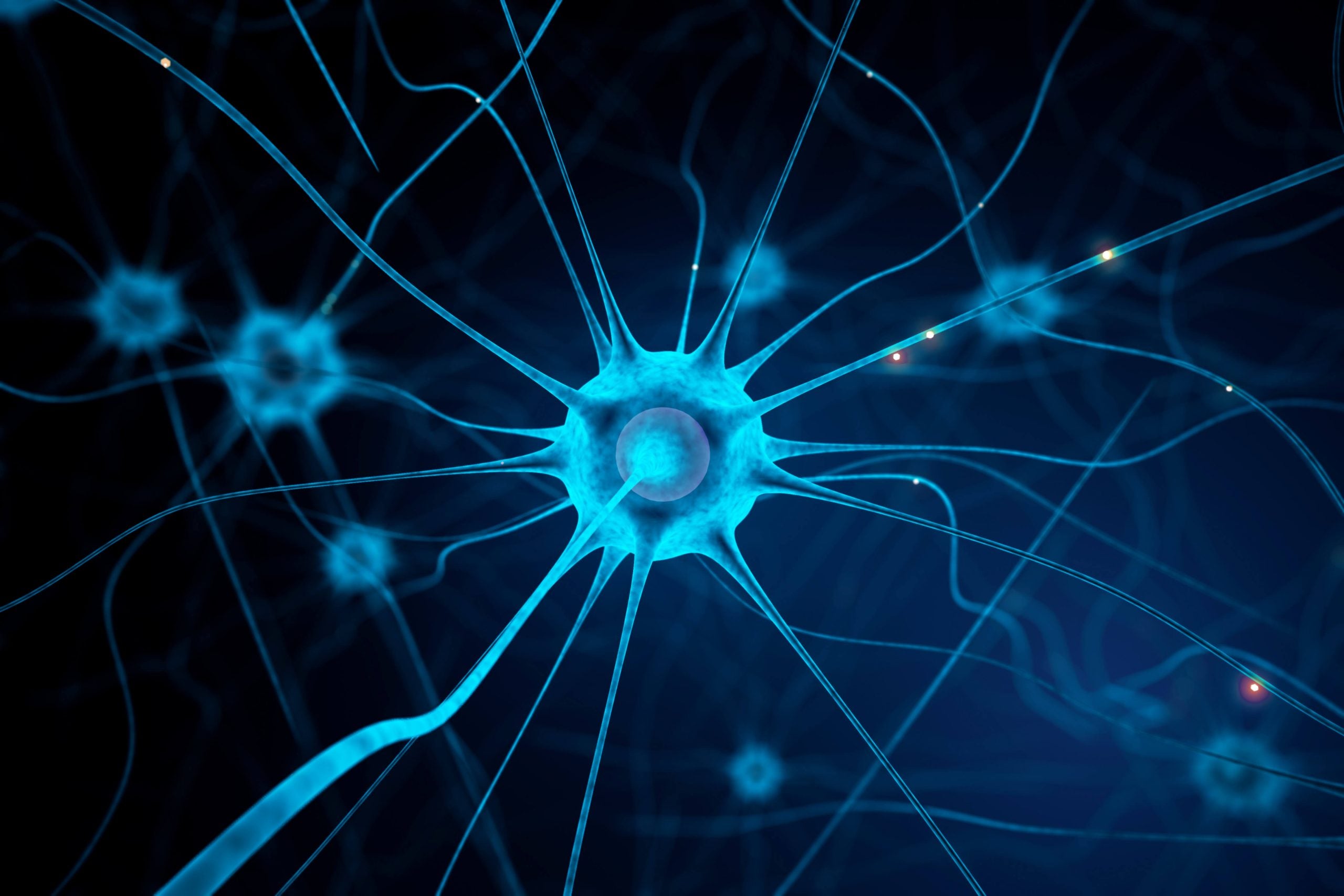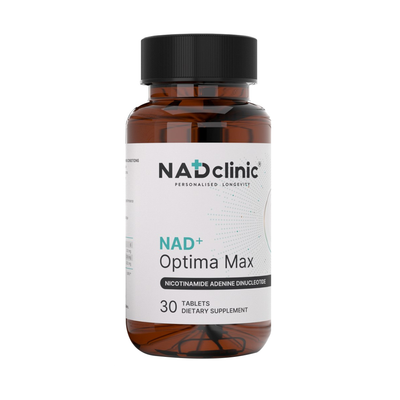 Notre ADN est protégé par un abri chromosomique, mais malgré cela, il reste très vulnérable aux dommages. Ces dommages peuvent entraîner la rupture de brins d'ADN et des mutations génétiques cruciales, celles qui sont le plus souvent associées au développement de maladies comme le cancer et à une altération du système immunitaire. L'ADN dispose d'une autre ligne de défense : une enzyme appelée PARP-1. Lorsque l'ADN est endommagé, cette enzyme est activée et effectue la réparation au sein des cellules. Cependant, PARP-1 nécessite une énorme quantité d'énergie pour effectuer ces réparations, sous forme de NAD+. Si les niveaux de NAD+ dans les cellules sont faibles, ou naturellement faibles en raison du vieillissement normal, la capacité de PARP-1 à effectuer ces réparations cruciales de l'ADN est gravement entravée. Cependant, deux études animales différentes ont montré qu'une augmentation du NAD+ dans nos cellules restaure la capacité de PARP-1 à réparer les cellules d'ADN et prévient la mort cellulaire en cas de stress. En effet, ces deux études ont montré que la perte de mémoire était retardée et que l'espérance de vie était prolongée chez les animaux de laboratoire. Pour conclure, le NAD+ influence directement la capacité de notre corps à réparer l’ADN en donnant aux enzymes PARP-1 l’énergie dont elles ont besoin pour fonctionner.
Notre ADN est protégé par un abri chromosomique, mais malgré cela, il reste très vulnérable aux dommages. Ces dommages peuvent entraîner la rupture de brins d'ADN et des mutations génétiques cruciales, celles qui sont le plus souvent associées au développement de maladies comme le cancer et à une altération du système immunitaire. L'ADN dispose d'une autre ligne de défense : une enzyme appelée PARP-1. Lorsque l'ADN est endommagé, cette enzyme est activée et effectue la réparation au sein des cellules. Cependant, PARP-1 nécessite une énorme quantité d'énergie pour effectuer ces réparations, sous forme de NAD+. Si les niveaux de NAD+ dans les cellules sont faibles, ou naturellement faibles en raison du vieillissement normal, la capacité de PARP-1 à effectuer ces réparations cruciales de l'ADN est gravement entravée. Cependant, deux études animales différentes ont montré qu'une augmentation du NAD+ dans nos cellules restaure la capacité de PARP-1 à réparer les cellules d'ADN et prévient la mort cellulaire en cas de stress. En effet, ces deux études ont montré que la perte de mémoire était retardée et que l'espérance de vie était prolongée chez les animaux de laboratoire. Pour conclure, le NAD+ influence directement la capacité de notre corps à réparer l’ADN en donnant aux enzymes PARP-1 l’énergie dont elles ont besoin pour fonctionner.
Partager
Featured products
Discover our most popular items

NAD+ Smart Pen 1000mg
£399.00

NAD+ Levels Test Kit
£199.00
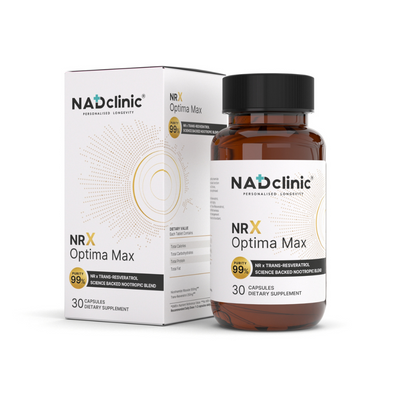
NRx Optima Max
£66.99
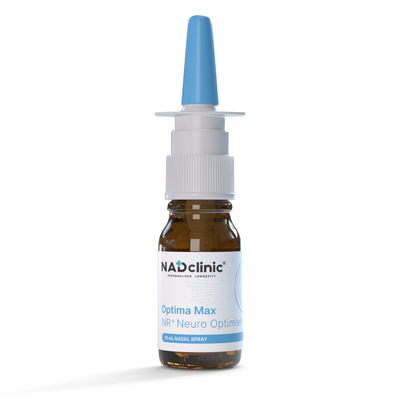
Optima Max - NR Nasal Spray
£34.99
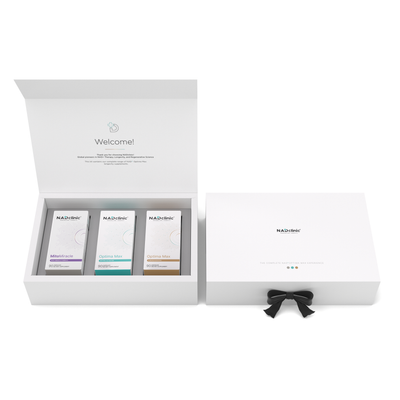
Optima Max – Coffret cadeau
£264.99
